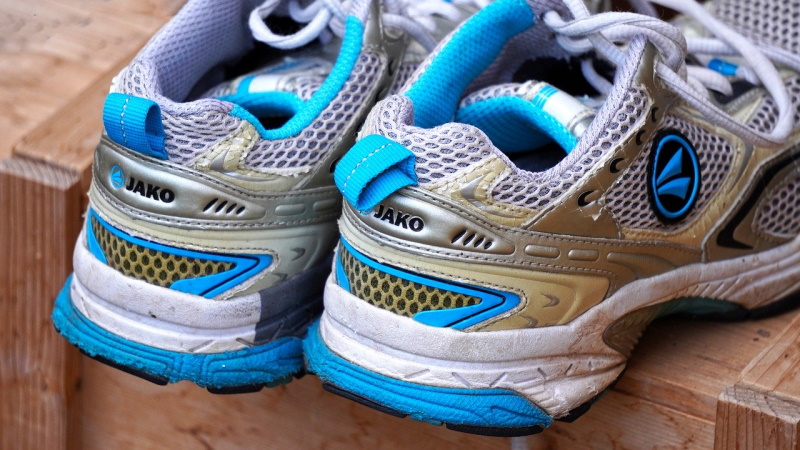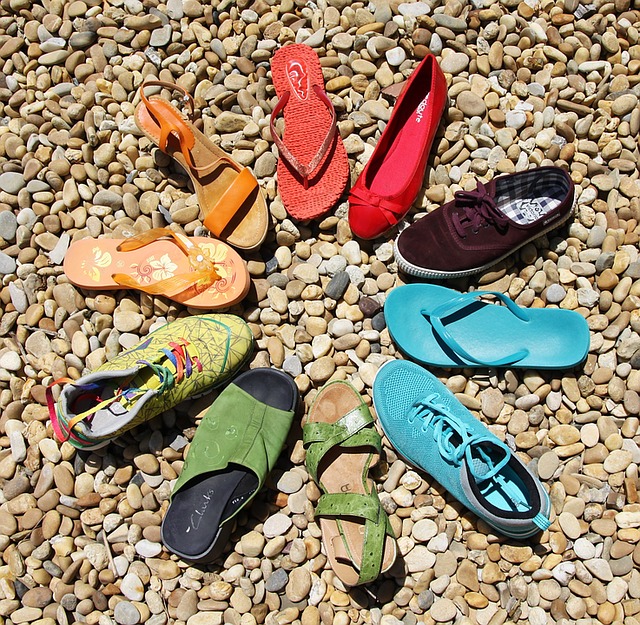Diabetic people are at a higher risk of developing nerve damage and poor circulation in their feet. Nerve damage may lead to loss of sensation in your feet, meaning it will be impossible to know when your feet have been injured. On the other hand, poor blood circulation in the legs and feet will make it harder for wounds to heal, including minor conditions like cuts, blisters and calluses, might lead to serious infections. Therefore, preventive measures are vital to help minimize the long-term complications that come with this condition. And this is where diabetic shoes come in. Whether you have been managing diabetes for years or you’ve been recently diagnosed with this condition, here are some of the factors that you should consider when buying diabetic shoes.
Right Fit
As noted above, people with diabetes are at a greater risk of getting foot injuries and infections. It’s, therefore, important to ensure that they are wearing shoes that fit properly at all times. If you are diabetic, one of the most effective ways of making sure that you purchase shoes that fit properly is to have your feet measured by a professional. Feet usually change in size and shape over time. Apart from that, most people tend to have one foot that is larger than the other. For instance, your left foot might be slightly bigger than your right foot. And this is why you should have your feet measured by a professional, before you embark on purchasing diabetic shoes. Feet are normally measured using the Brannock Device. It will measure the arch length, the width of your foot across the ball of the foot, as well as the length from the heel to the toe, for both feet. A professional shoe fitter will also measure the circumference and height of your foot around the arch. After acquiring the key measurements of your feet, you can now start the process of searching for the right shoes for your feet.
Roomy Toe Box
All diabetic shoes should have a roomy toe box. It should be high enough so that the toes don’t touch the upper material, wide enough to ensure the toes have ample wiggle room and long enough to make sure that your toes don’t touch the front part of the shoe. If you can find a shoe with such a toe box, you can rest assured that your toes will remain comfortable all through, regardless of how long you wear them. But as much as the toe box should be roomy, it should not be excessively wide in a way that your foot keeps sliding from side to side. Such a shoe may end up injuring your toes. Also, it’s highly advisable to choose a shoe whose toe box is made of breathable materials like fabric or leather, so that it can allow sweat to evaporate, thus keeping your feet dry throughout the day.
Rocker Bottom Sole
Diabetic shoes should also have a rocker sole. Shoes with a rocker bottom feature a shock absorbing, thicker sole, angling up from the toe to the heel. This sole design helps to alleviate pressure exerted on the feet in several ways. For instance, if you have limited joint mobility due to diabetes, the rocker platform will replicate the normal rolling motion of your foot. As a result, it will spare your stiff joints from moving as much as they would if you were wearing a conventional type of shoe. Also, a rocker platform will minimize the stress across the skin of your feet, further helping to minimize injuries. In addition, shoes with a rocker bottom outsole will keep your feet continually moving forward, thus helping to facilitate proper heel-to-toe rolling motion.
The angle and the rise of the rocker platform changes from shoe to shoe. The only way you can test whether the rocker platform on a certain pair of shoes is to put them on and walk around in them for a few minutes. If the rocker is properly positioned for your foot and the angle is right, you will feel as if it’s propelling your forward. However, you should also note that if you opt for shoes with a rocker bottom, it will take some time to get used to walking in them. Furthermore, you should be cautious when walking in them in uneven terrain, since they tend to have a lesser contact area with the ground, compared to conventional soles. But overall, shoes with a rocker bottom will go a long way in preventing blisters, cuts and calluses on your feet.
Seamless and Comfortable Interior
Comfort is a vital factor to consider when it comes to diabetic shoes. Regardless of how much your shoes cost, they will not serve your needs if they are not comfortable to wear. The amount of comfort a pair of shoe provides will depend on a wide range of factors such as:
- Lining: Shoes for diabetic feet should have a seamless lining. Most people with diabetes tend to have sensitive, delicate skin. Others might experience loss of sensation in their feet. If the shoes you are wearing have seams, their continuous rubbing against the delicate, sensitive skin might lead to bruises, cuts, and abrasions. Even if you have socks, the continuous rubbing of the skin against the seams might still lead to minor cuts.
- Collar: Also, known as the throat, this part of the shoe should be adequately padded, to minimize friction between the foot and the shoe. A padded collar will also minimize the amount of pressure exerted on the joints when you are walking and standing.
- Tongue: Just like the collar, you should make sure that the shoes you choose have adequate padding on the tongue. The cushioning on the tongue will prevent the laces from digging into the instep of your foot. Also, it should be wide enough, to make sure the entire surface of the top of your foot is covered.
- Heel Counter: This is the part of the shoe that cups your heel. While the heel counter needs to be stiff so that it can aid in motion control at the rear part of the foot, it also needs to be well padded, to prevent it from rubbing against your foot. When buying diabetic shoes, make sure you check the heel counter, to ensure it doesn’t irritate your foot.
- Depth: Diabetic shoes should feature an extra-depth design. With this design, the shoes will comfortably accommodate orthotic insoles and inserts, without interfering with the fit and comfort.
Besides the above factors, diabetic shoes should also have flexible uppers, to accommodate to alleviate pressure on your feet when you are walking. The upper should also be highly breathable, to ensure your feet receive adequate amounts of fresh air, while allowing sweat and perspiration to escape. Also, they should have adequate shock absorption and proper arch support. The entire shoe should also needs to be lightweight, to help you move around with maximum ease and comfort.
Laced
Diabetic shoes are available in a wide range of designs. However, it’s highly advisable to choose one that comes with laces. As the day progresses, your feet will change shape and expand. If your shoes have laces, it will be easy to adjust them depending on your preferred fit and comfort. On the other hand, if your shoes don’t have laces, they may irritate your toes, the instep and the rear part of your foot, leading to injuries. The level of flexibility in a pair of shoes will also depend on the type of eyelets the laces are going through. For instance, leather and fabric eyelets tend to be more flexible, compared to metallic or plastic eyelets.
Another reason why you should choose a laced pair of shoes if you are diabetic is that you can alter the lacing patterns to accommodate the shape of your foot. For instance, the front part of your foot can wide due to a flattening arch, neuropathy or other factors like old age. If the heel is narrow and the front part of your foot is wider, you can alter the lacing pattern to create more room in the front of the shoe, while making sure the heel is securely locked in position. There are several lacing combinations that you can try out, depending on your preferred fit.
Shoes to Avoid
While there are several types of shoes that people with diabetes can wear, there are certain styles that you should avoid. For instance, high-heeled shoes and shoes with pointed toes are not recommended for people with diabetes. Apart from forcing your foot to assume an unnatural position, high heels will also place a high amount of pressure on the ball of your foot. Also, they will force the tissues of your foot to move in different directions, leading to ulcers, blisters and calluses. If you have to wear heeled shoes, make sure the heel platform is not more than one inch high. Shoes with pointed toes, on the other hand, will restrict your toes, while reducing circulation. You should also avoid flip flops, flimsy sandals or any other type of shoe that doesn’t protect the entire foot, since they will be exposing your feet to infections and injuries.
Closing Remarks
Besides purchasing the right type of diabetic shoes, you can also undertake some additional measures to keep your legs and feet safe. First, ensure you maintain adequate levels of glucose. You can do this by following your doctor’s instructions, observing proper diet and exercising regularly. Second, you should inspect your feet regularly. During these inspections, you will spot any injuries or problems that might be present, and then take appropriate measures early enough, to prevent complications. Whenever you are relaxing in the house, you should always wear slippers for neuropathy, to prevent injuries to your foot. For diabetic socks, you should go for a pair that offers maximum breathability and comfort. And as always, you should never compromise comfort for style when buying shoes, especially when it comes to a serious condition like diabetes.





0 comments